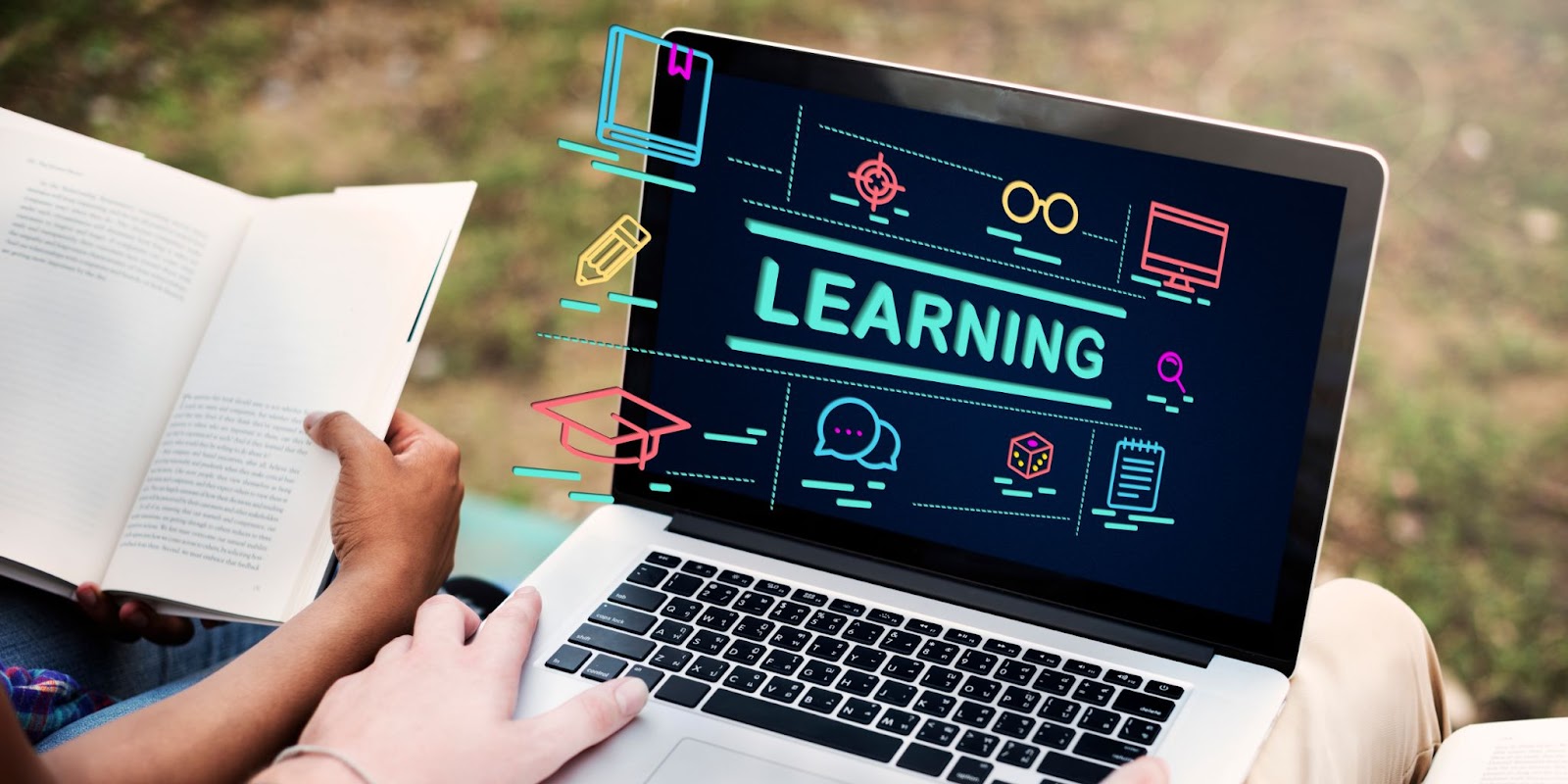What Is Driving the Shift from Traditional to Digital Learning?
The conventional education system—often built on static curricula and lecture-heavy delivery—is no longer enough to meet the evolving needs of modern learners. EdTech startups are responding with innovative, agile solutions that transform how education is accessed, delivered, and experienced.
According to a report by HolonIQ, global EdTech investment hit $20.8 billion in 2023, a clear signal of the sector’s growing influence.
Andreas Schleicher, Director of Education at the OECD, emphasized the importance of applying knowledge, a goal well-aligned with how EdTech fosters practical skill development.
The Limitations of Traditional Learning Methods
The first step in disruption is recognizing what no longer works. Traditional education faces several challenges:
- Standardized pace that fails to cater to individual learner needs.
- Limited access in under-resourced regions.
- Outdated assessment techniques that do not reflect real-world competencies.
A 2023 McKinsey survey revealed that 60% of high school students report feeling disengaged with conventional teaching models. These limitations have set the stage for adaptive learning technology to thrive.
Adaptive Learning to Personalize Education
EdTech startups are introducing personalized education solutions powered by data and artificial intelligence. Through real-time tracking of user performance, adaptive algorithms adjust lesson difficulty and pacing, allowing students to master topics at their own speed.
A study by eLearning Industry shows that adaptive learning tools can improve retention rates by 20% compared to traditional methods. Personalization also supports differentiated instruction, a key factor in promoting equity in education across diverse learners.
Making Education Accessible Through Cloud-Based Platforms
Educational technology startups are tearing down geographic and economic barriers to education. By leveraging cloud computing, mobile-first design, and multilingual content, they are making high-quality education accessible to anyone with an internet connection.
According to UNESCO, over 244 million children and youth were out of school globally in 2023. EdTech platforms are actively working to reduce this gap.
From urban schools to rural villages, cloud-based learning tools are expanding the reach of education like never before.
Engaging Students with Interactive, Gamified Learning Models
Another key disruption comes from gamification and interactive content, which replace passive note-taking with active participation.
Features like simulations, quizzes, and real-time feedback help students stay engaged and motivated. These methods:
- Improve concept retention
- Enhance problem-solving abilities
- Support long-term behavioral changes in learning
Gamified learning is shown to increase student engagement by 48%, according to a study by TalentLMS.
This shift aligns with the rise of online learning platforms for students focused on engagement over memorization.
Enhancing Study with Digital Resources and Peer Learning
In addition to replacing outdated systems, EdTech startups supplement traditional learning by offering on-demand, collaborative, and learner-generated content.
A prime example is revision notes on Studocu, where students access crowdsourced study guides, lecture notes, and past exams tailored to their curriculum.
Why this matters:
- Promotes active revision strategies
- Encourages knowledge sharing across institutions
- Saves time for both students and educators
According to the Educause Horizon Report, 72% of university students use supplemental digital platforms to enhance their academic performance.
Fostering Lifelong Learning for a Future-Ready Workforce
The disruption doesn’t stop at the classroom. Today’s learners are tomorrow’s workers, and EdTech is equipping them for lifelong learning. With microlearning modules, self-paced certification programs, and skill-based tracking, EdTech platforms support:
- Professional development
- Career switching
- Remote workforce readiness
A majority of working adults prefer digital learning for upskilling, especially in industries like healthcare and tech. This aligns with the increasing investor focus on EdTech innovation in workforce development.
Traditional Learning vs. EdTech: A Quick Comparison
Final Thoughts: The Future of Learning Is Here
As traditional learning methods face growing scrutiny, EdTech startups are not just supplementing education, they’re reengineering it. Their tools and technologies are democratizing learning, empowering students, and creating agile, future-proof systems.
By embracing digital resources such as revision notes on Studocu, students, and educators can bridge knowledge gaps and elevate learning outcomes at every level.
Frequently Asked Questions
Q1: What are the best online learning platforms for students today?
The best platforms offer personalized, mobile-friendly, and modular content. While names vary, the key is adaptability and learner-centered design.
Q2: How do educational technology startups change the role of teachers?
Rather than replacing educators, EdTech empowers them by automating routine tasks, enabling data-driven insights, and facilitating differentiated instruction.
Q3: Can EdTech replace traditional classroom education?
Not entirely. Instead, it augments traditional learning by making it more flexible, inclusive, and engaging.





























